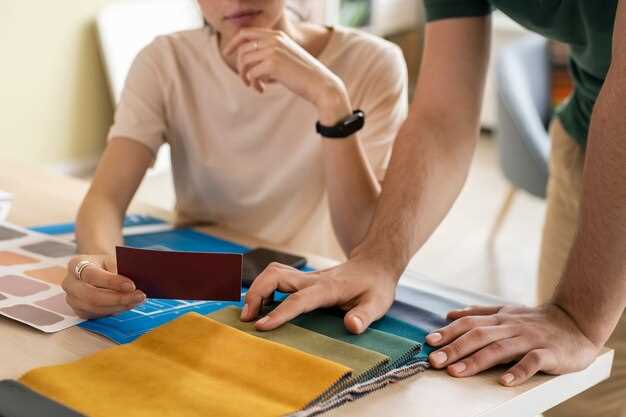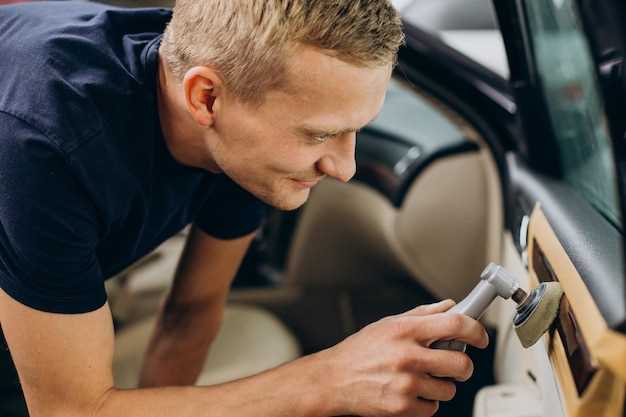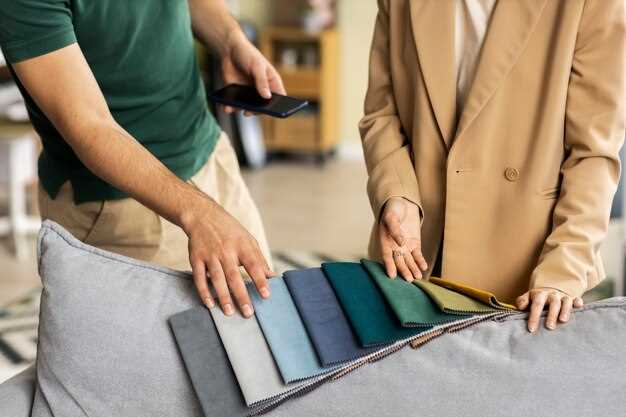Reupholstering Fiat Interiors – Step-by-Step Guide

Reupholstering the interior of your Fiat not only enhances its aesthetic appeal but also improves the overall comfort and durability of your vehicle. Whether you’re looking to refresh worn-out seats or completely transform the cabin’s ambience, understanding the process of reupholstering is essential. This guide provides a comprehensive look into the steps necessary to achieve a professional-looking finish.
In this step-by-step guide, we will delve into the various tasks involved in reupholstering your Fiat’s interior. From selecting the right materials and tools to getting the seats ready for new upholstery, each section will equip you with the knowledge needed for a successful DIY project. We’ll also cover tips and tricks to ensure that your efforts yield impressive results, transforming your vehicle’s interior into a comfortable and stylish space.
By the end of this guide, you’ll have a clear understanding of the techniques and skills required for reupholstering your Fiat’s interior. You’ll feel empowered to tackle this project on your own, ultimately resulting in a vehicle that looks and feels brand new. Let’s embark on this journey to revitalize your Fiat and enhance your driving experience!
Choosing the Right Materials for Fiat Seat Upholstery

Selecting the appropriate materials for reupholstering Fiat seats is crucial for enhancing the overall interior experience. There are several factors to consider, including durability, comfort, aesthetic appeal, and maintenance.
1. Fabric Choices: When selecting upholstery fabric, one popular option is automotive-grade vinyl. This material is resistant to stains and easy to clean, making it suitable for everyday use. Alternatively, leather provides a luxurious finish and excellent durability but requires more care to maintain its appearance.
2. Foam Padding: The quality of the foam used for padding impacts comfort significantly. Consider high-density foam, which offers better support and longevity compared to standard options. A combination of layers, such as a softer top layer over firmer support, can enhance comfort during long drives.
3. Color and Texture: The choice of color and texture should complement the overall interior design of the Fiat. Neutral tones provide versatility, while bold colors can add a unique touch. Additionally, textured fabrics can enhance grip and prevent slipping, which is especially beneficial for seats.
4. Climate Considerations: Depending on the climate, materials that offer breathability and moisture resistance may be necessary. For example, perforated leather or breathable fabrics can help regulate temperature and maintain comfort in extreme weather conditions.
5. Budget: Always consider your budget when choosing upholstery materials. While high-end options like genuine leather may be appealing, there are many affordable alternatives that mimic the look and feel of more expensive materials without compromising on quality.
In conclusion, the right materials for Fiat seat upholstery should be chosen based on durability, comfort, aesthetics, and climate. Careful consideration of these factors ensures a satisfying upgrade to your vehicle’s interior.
Step-by-Step Process for Removing Fiat Seats
Before starting the removal process, ensure you have the necessary tools: a socket set, screwdrivers, and a ratchet wrench. Safety is paramount; disconnect the car battery to prevent any electrical issues.
First, clear the area around the seats. Move the front seats all the way forward to access the rear seat brackets easily, if applicable. For front seats, slide them back to expose the mounting bolts.
Next, locate the bolts securing the seats to the floor. These are typically found at the front and rear of the seat base. Use the appropriate socket to carefully unscrew these bolts. Keep the removed bolts in a safe place for reinstallation.
If the Fiat model includes power seats, disconnect the wiring harness from the seat by gently pulling the connector apart. Do this carefully to avoid damaging any wires.
For rear seats, unhook any latches or clips that hold the seat in place. Depending on the Fiat model, the seat may require you to lift it up or pull it out from the back of the car. Ensure all connectors and bolts are removed before attempting to extract the seat.
Once all fasteners and connectors are disconnected, gently lift the seat out of the vehicle. Be cautious of any remaining wiring or components that may be attached. With the seat removed, inspect the interior for any debris or damage that may need attention.
Lastly, repeat the process for the opposite seat if needed. Document each step if planning to reinstall the seats later to ensure a smooth reupholstering process.
Techniques for Installing Upholstery on Fiat Seats

When reupholstering Fiat seats, there are several techniques to ensure a professional finish. Begin by carefully removing the seats from the vehicle. This involves unbolting them from their mountings and disconnecting any electrical components for powered seats.
Next, strip the old upholstery off the seats. Use a staple remover or pliers to carefully take off the old fabric, ensuring the foam padding remains intact unless it is damaged or worn out. It’s essential to inspect the foam for any irregularities and replace it if necessary.
Once the old upholstery is removed, measure and cut the new fabric according to the dimensions of each seat section. It is advisable to leave extra material for maneuvering and adjustments during installation. Pre-wash the fabric if necessary to avoid shrinking after installation.
To secure the new fabric to the seats, use a high-quality staple gun. Start by attaching one side of the fabric to the frame. Stretch the fabric taut across the seat, ensuring it is evenly aligned, and then staple the opposite side securely. Repeat this process for all sections, pulling the fabric tight to eliminate wrinkles and slack.
When wrapping corners, fold the fabric neatly and staple it underneath to achieve a clean look. This method helps to maintain the shape of the seat and provides a polished finish. Use a utility knife to trim any excess fabric after securing it properly.
Finally, reattach the completed seats to the vehicle. Ensure all connections are secure and that the seats are properly aligned before tightening the bolts completely. By applying these techniques, your Fiat seats will have a refreshed appearance and enhanced comfort.



